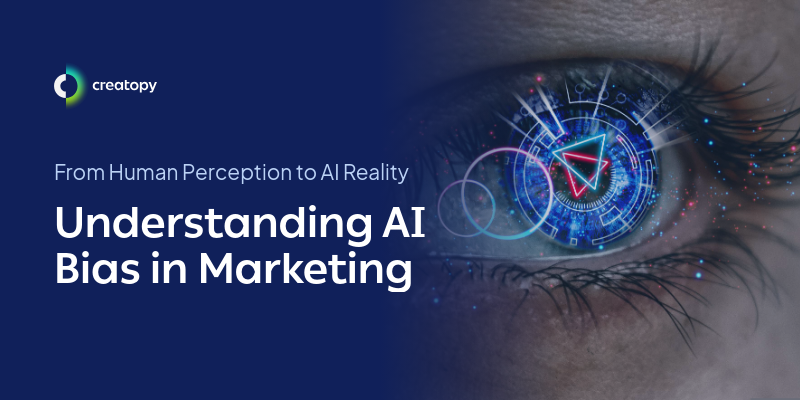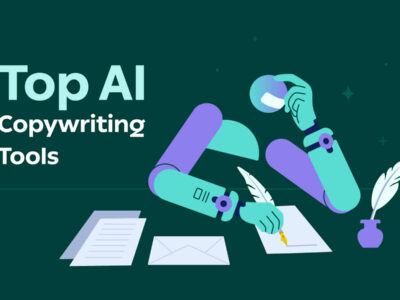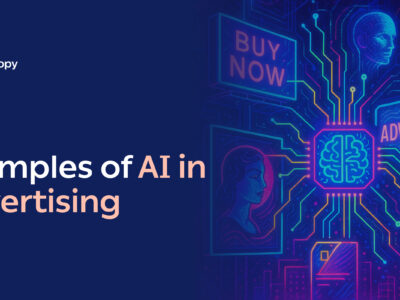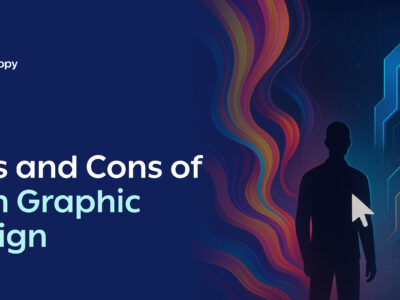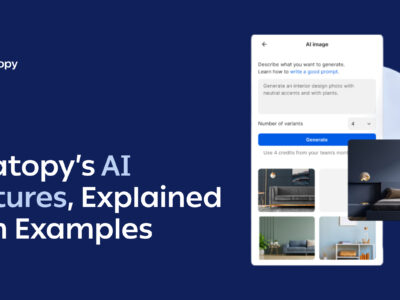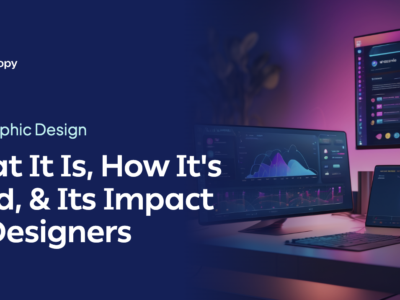AI bias in marketing presents one of the most significant challenges for modern businesses using artificial intelligence while trying to stay fair and ethical. As companies increasingly use AI across their marketing strategies, their success depends on recognizing and addressing algorithmic bias before it affects campaign results.
The growth of AI marketing tools has brought amazing ways to personalize ads and target customers, but it has also created problems with fairness in AI and made existing social biases worse. As revealed in STATS N DATA’s recent market report, the AI Bias Audit Services market was valued at USD 450 million last year, with projections showing a compound annual growth rate of over 23% through the next five years.
This growth reflects the urgency of addressing bias issues in AI implementation. This goes beyond just technical challenges to include how it affects society and business results. And honestly? Companies should be paying attention, especially considering how AI bias can manifest in multiple ways throughout their marketing operations.

Strategies for reducing AI bias and enhancing fairness in marketing
Understanding the roots of AI bias
AI bias often starts with our own patterns and behaviors getting baked into these systems. Here’s what’s actually happening behind the scenes: when we feed our AI systems historical marketing data, they’re not just learning our successful strategies—they’re also picking up our past biases.
Machine learning bias examples show up everywhere, from customer databases to targeting decisions. For example, when looking at customer information, AI might copy old demographic biases, leading to unfair targeting and resource use. These inherited biases can seriously hurt marketing success and damage brand reputation. The numbers paint a concerning picture. According to research conducted at USC’s Viterbi School of Engineering, bias can affect between 3.4% to 38.6% of ‘facts’ used by AI systems, depending on the database and metrics studied.
Fixing AI bias needs more than just a technical approach. Marketing teams must think about how their AI works in different social and cultural settings. This helps ensure that AI marketing decisions work well for both business goals and ethical standards.
Impact on decision-making processes
AI data bias shows up in many ways throughout marketing campaigns. Ryan Bezenek, vice president of IT at Ariat International, notes,
It’s about making connections through the data that you might not have made as a human being. AI has the uncanny ability to tease out things about the consumer you might never think about.
While this ability is powerful, it also means biases can become deeply rooted in how decisions are made.
Marketing teams must see that AI systems can make existing biases bigger in unexpected ways. These problems often happen when different parts of marketing automation systems work together, making them hard to spot and fix. As highlighted in NIST’s Special Publication 1270, AI systems do not operate in isolation— they help people make decisions that directly affect other people’s lives. According to NIST researcher Reva Schwartz, addressing AI bias requires looking beyond just algorithms and training data to consider the broader societal context in which these systems operate.

Common manifestations of AI bias in marketing
Customer segmentation issues
AI marketing systems often have trouble treating all demographic groups fairly. This problem is most clear in customer segmentation, where AI might accidentally favor some groups while ignoring others.
Unfair customer segmentation affects more than just immediate marketing results. It can harm long-term customer relationships, how people see your brand, and your market position. Marketing teams must regularly check their segmentation to ensure it stays balanced and fair.
Content generation biases
AI tools that create content can spread stereotypes and cultural biases if not watched carefully. This matters most when creating marketing text or suggestions for different audiences. Vivienne Ming, executive chair and co-founder of Socos Labs, makes this point:
A lot of times, the failings are not in AI. They’re human failings, and we’re not willing to address the fact that there isn’t a lot of diversity in the teams building the systems in the first place.
Content bias often shows up subtly in word choices and tone. Marketing teams must thoroughly review AI-created content to ensure it fits with inclusive marketing goals and brand values.
Ad targeting and pricing discrimination
Now, this is where algorithmic bias and fairness really come into focus. When your AI system decides who sees what ads, it might unintentionally create digital barriers, keeping certain groups from seeing opportunities they should have access to.
High-value product ads are often shown predominantly to specific demographic groups based on historical data, creating a cycle of exclusion that’s hard to break.
This bias extends beyond ad visibility to pricing strategies. Dynamic pricing algorithms may show different prices based on user demographics, potentially discriminating against certain groups. What starts as an attempt at market optimization can quickly turn into a form of digital redlining, where specific communities face systematically higher prices or limited access to products and services.
Visual representation
AI-generated marketing copy frequently exhibits gender-biased language and cultural stereotypes in both text and imagery. This manifests in ways that might not be immediately apparent—from subtle word choices and tone to visual selections that reinforce traditional stereotypes. When AI selects images for marketing campaigns, it tends to gravitate toward familiar patterns, often perpetuating limited representations of different demographics in visual marketing materials.
These various forms of bias often interact and reinforce each other, creating a compound effect that can significantly impact marketing effectiveness and brand perception. For example, biased language generation might influence customer segmentation, which in turn affects ad targeting and pricing decisions. This interconnected nature of AI bias in marketing systems makes it crucial for organizations to implement bias detection and mitigation strategies across all aspects of their marketing operations.
This includes reviewing language generation outputs, analyzing image selection patterns, and ensuring pricing algorithms don’t discriminate against any demographic group. While implementing these bias detection measures, marketers should also consider broader ethical implications. Our guide on ethical considerations when using generative AI provides additional context for developing responsible AI practices.
Also, whether you’re a marketing professional or just an AI enthusiast looking to experiment with AI-image generation, this list of the best AI image creators will help you pick the right tool while being mindful of potential bias issues.
Practical steps to identify AI bias
Marketing teams need clear methods to find and fix bias in their AI systems. Ray Kurzweil, noted computer scientist and futurist, states that
Artificial intelligence will reach human levels by around 2029.
This makes it vital to set up strong bias detection systems now.
Audit frameworks
Regular checks of AI marketing systems help find potential biases before they affect campaigns. This process should include:
- Data representation analysis: Check if your training data fairly represents your target audience. Making a complete data inventory helps you track and check the variety of your information sources.
- Performance monitoring across demographics: How’s your AI treating different groups? This is about keeping score and making sure everyone gets a fair shot. Regular monitoring helps catch any unfair play before it becomes a habit.
- Bias impact assessment: What are the real-world effects of your AI’s decisions? This is where we look beyond the numbers to see how our AI’s choices affect actual people. It’s like customer feedback but for fairness.

Testing methodologies
Complete testing helps ensure AI marketing tools stay fair. Richard Socher, CEO and founder of You.com, says,
There is a silver lining on the bias issue. For example, say you have an algorithm trying to predict who should get a promotion. And say there was a supermarket chain that, statistically speaking, didn’t promote women as often as men. It might be easier to fix an algorithm than fix the minds of 10,000 store managers.
As you work to test for AI bias, choosing the right tools becomes crucial. Creatopy offers a reliable platform that helps marketers create and manage their campaigns efficiently while maintaining control over their content and targeting decisions. By combining human oversight with helpful automation features, you can ensure your marketing campaigns stay both effective and fair.
Even more, to better understand how to efficiently manage marketing processes, explore our guide on marketing automation, which allows businesses to automate tasks and streamline processes.
Performance measurement and optimization
Let’s talk about keeping score—but not just any score. We need to track both fairness and effectiveness because, let’s face it, a campaign that’s fair but ineffective isn’t helping anyone, and vice versa. This balance ensures that working against bias helps business goals.
Regular improvements to AI systems should include feedback from many different people. This inclusive approach helps find potential problems and ensures bias prevention keeps working well over time.

Tools and technologies for bias mitigation
Marketing teams now have many tools to find and fix AI bias. These range from simple checklists to advanced fairness software.
For marketing professionals working to keep AI systems fair, several key tools stand out:
- Bias detection algorithms: Think of these as your AI’s conscience Such tools can spot patterns of unfairness that humans might miss and give detailed reports and suggestions for improvement.
- Fairness metrics dashboards: These give you a bird’s-eye view of how your AI is treating different groups It’s like having a diversity and inclusion report, but in real-time, making it easy to spot and fix problems quickly.
- Automated correction systems: That’s your chance to make automatic adjustments when bias appears Advanced systems can help balance your marketing decisions automatically when they find bias, ensuring fairer campaign delivery.
| Tool Type | Primary Function | Key Features | Common Applications |
|---|---|---|---|
| Ad Targeting Analysis | Monitors demographic distribution of ads | Real-time audience tracking Demographic reach Distribution alerts | High-value product campaigns Multi-channel advertising Audience expansion |
| Content Assessment | Evaluates marketing materials for bias | Language analysis Image representation check Cultural context review | Campaign copy Social media content Visual marketing materials |
| Pricing Fairness Monitor | Prevents discriminatory pricing patterns | Dynamic price tracking Demographic impact analysis Market fairness metrics | E-commerce pricingService packagesRegional offerings |
| Segmentation Balance | Ensures fair customer grouping | Demographic distribution metrics Inclusion metrics Representation analysis | Customer targeting Market analysis Campaign planning |
| Campaign Impact | Measures real-world effectiveness across groups | Performance tracking Community impact metrics Outcome analysis | ROI assessment Community feedback Strategy adjustment |
Future considerations and emerging solutions
The world of AI bias in marketing keeps changing, with new challenges and solutions appearing regularly. Marketing professionals must stay informed about these changes to keep their AI systems working well and fairly.
Looking ahead, several trends will shape how we handle AI fairness in marketing:
- Enhanced transparency requirements: As rules about AI in marketing get stricter, companies will need to be more open about how their AI makes decisions. This includes detailed records of how algorithms choose marketing actions.
- Improved bias detection methods: New technologies will offer better ways to find and fix bias in marketing AI systems. These advances will help ensure marketing reaches all groups fairly.
- Greater emphasis on diverse data collection: Future marketing systems will need more varied and representative data to train AI models effectively. This change will help reduce built-in biases in marketing algorithms.
Building sustainable AI marketing practices
Creating lasting AI marketing practices needs ongoing work to prevent bias and maintain fairness. Marketing teams must develop complete strategies that address both technical and cultural aspects of AI bias. This includes regular team training, AI system updates, and constant checking of marketing results. When we make fairness a priority in our AI systems, something interesting happens—we often see better results and stronger connections with our customers. It’s like the old saying: doing good is good for business.
The future of marketing is definitely AI-powered, but it needs to be AI done right. As we keep pushing forward with new AI solutions, staying alert for bias and actively preventing is essential for success.
By putting strong bias detection and prevention measures in place, we can make sure our AI systems serve everyone fairly while still hitting our marketing goals. The key? Staying vigilant and addressing potential biases before they can impact our campaigns.

